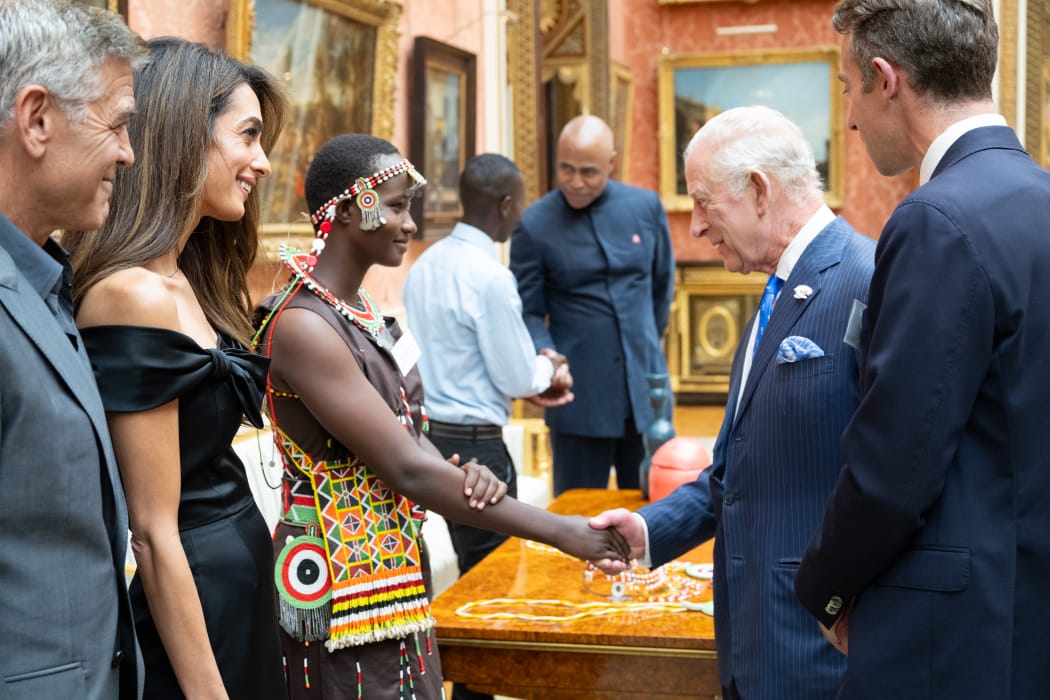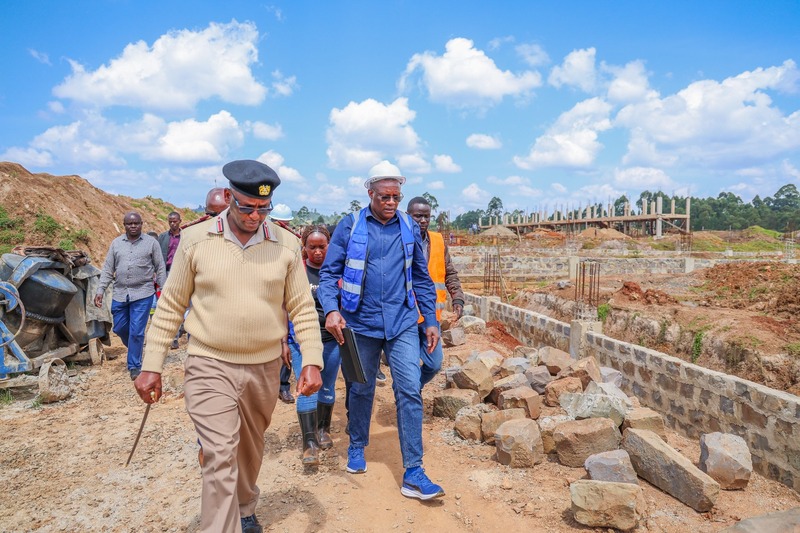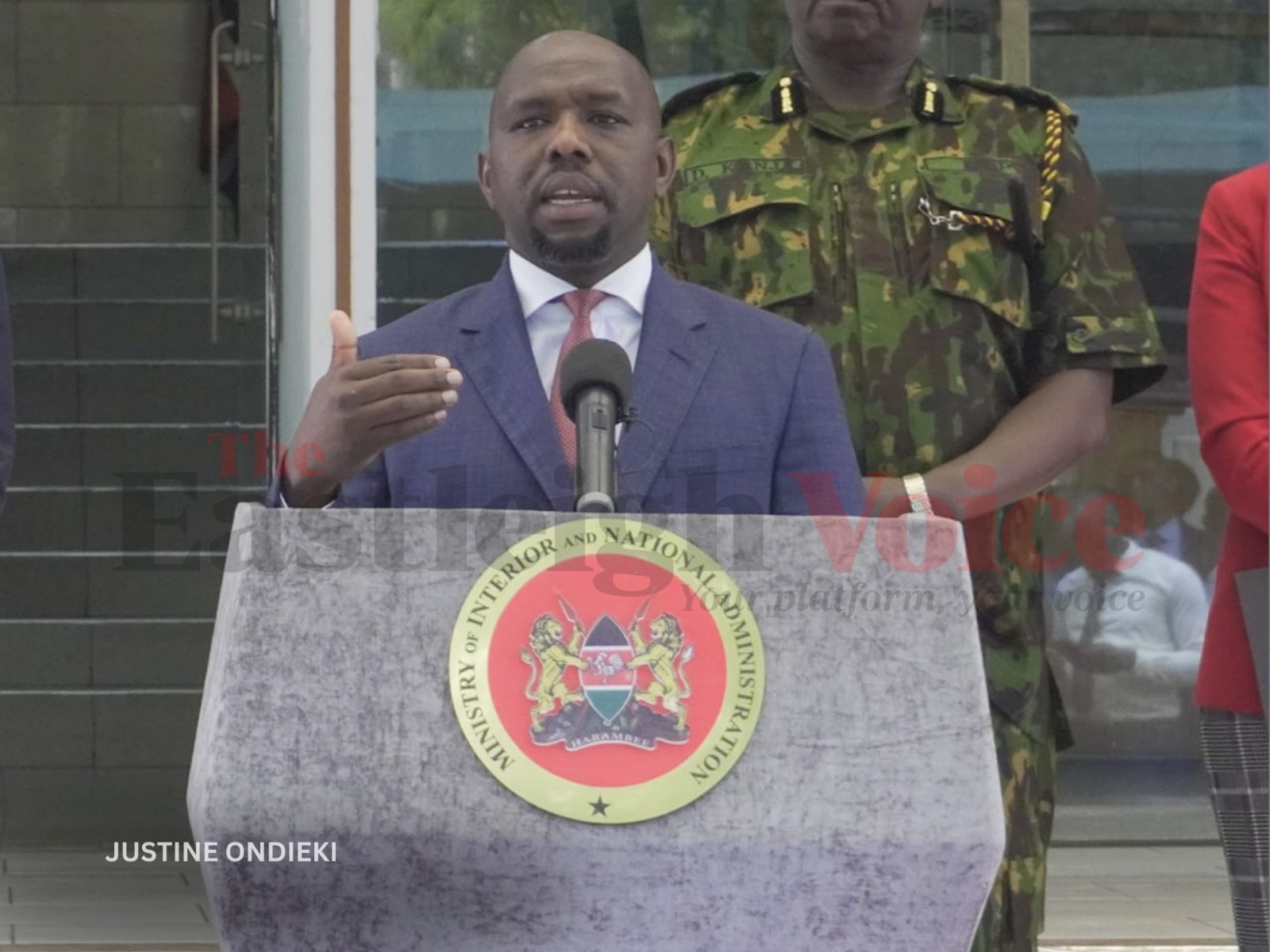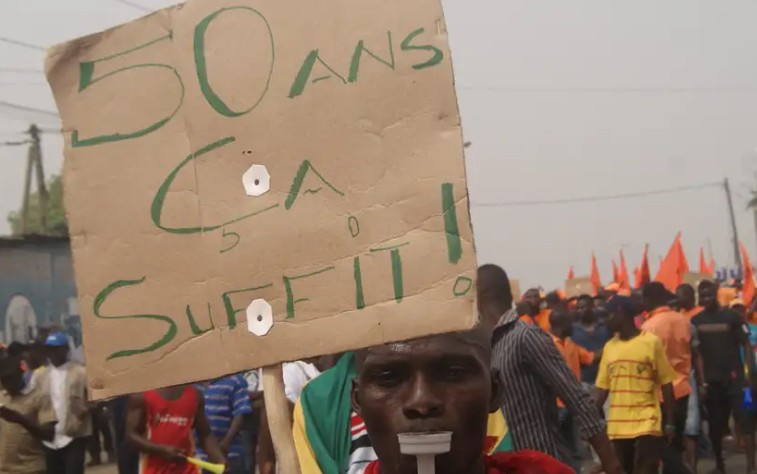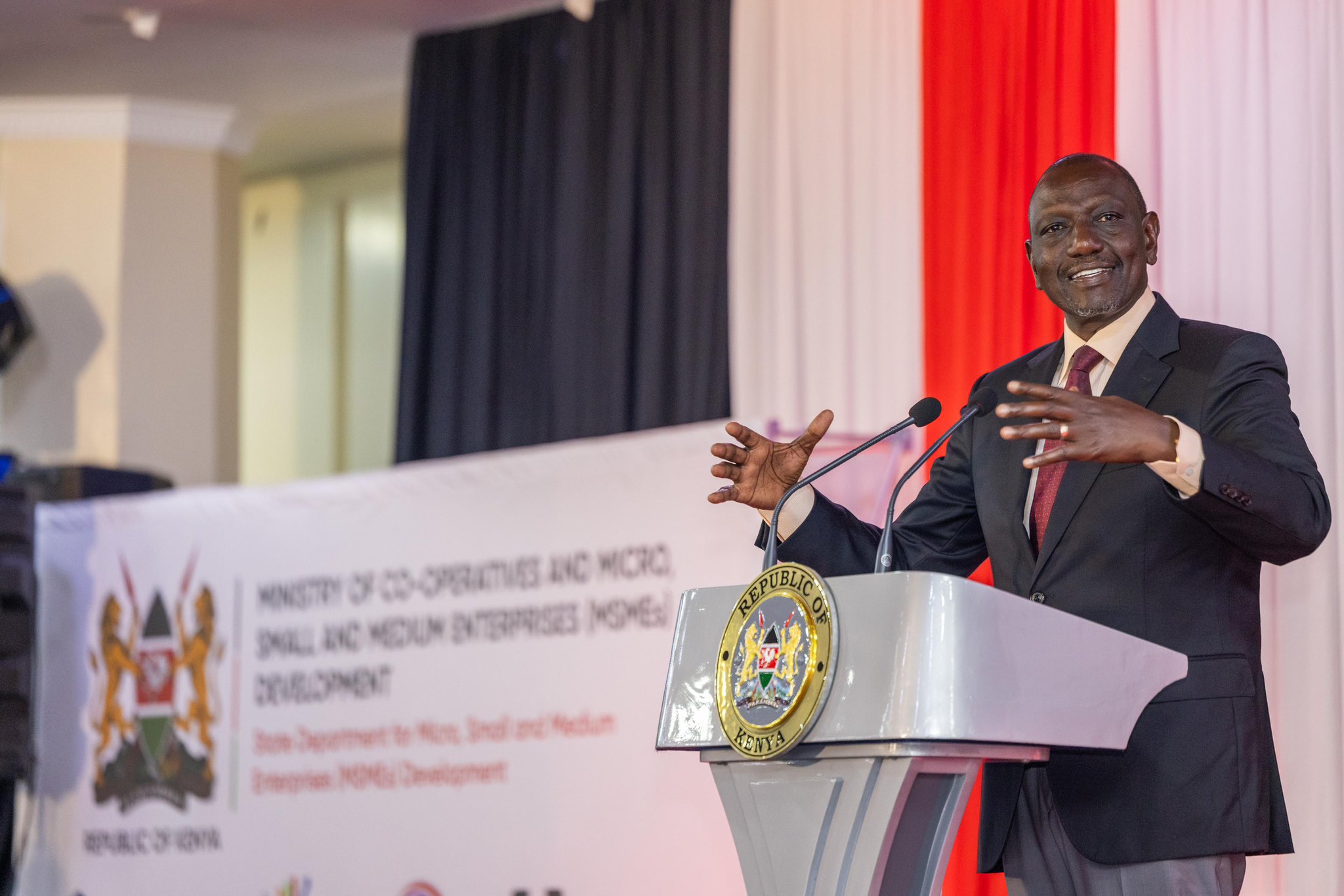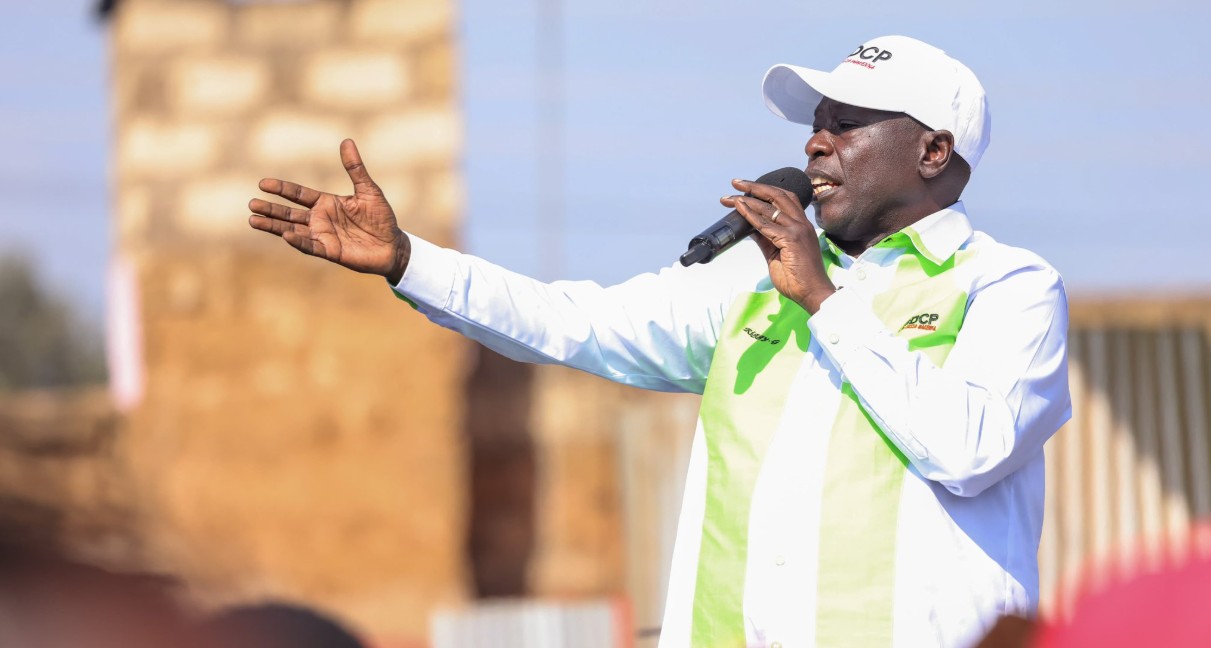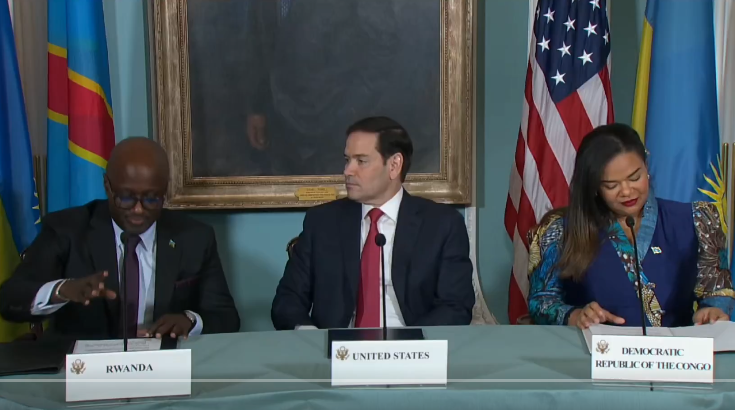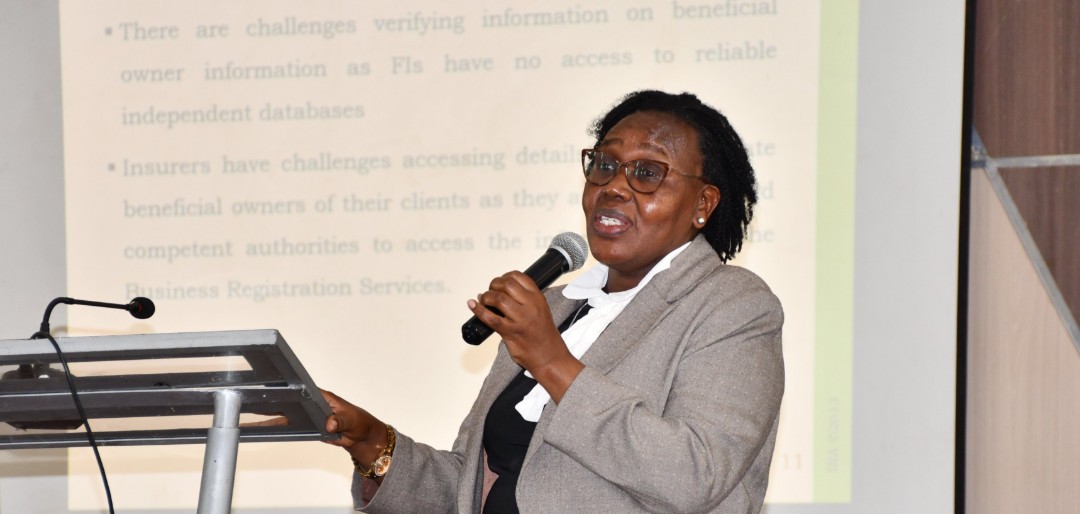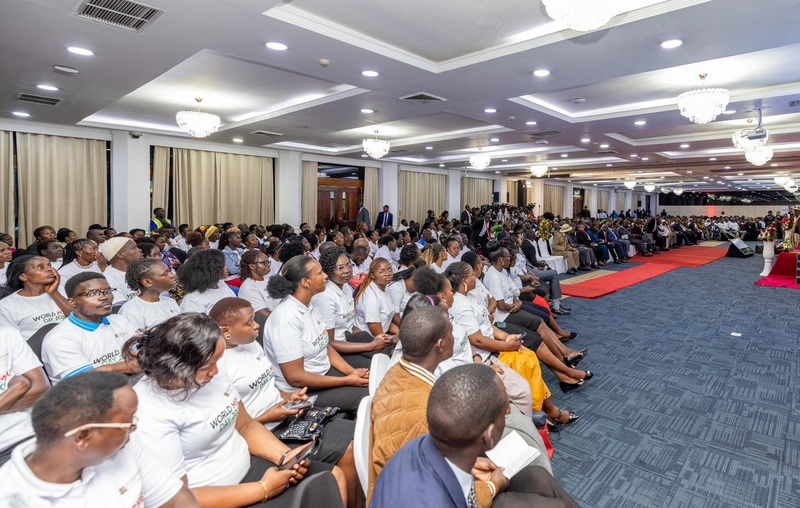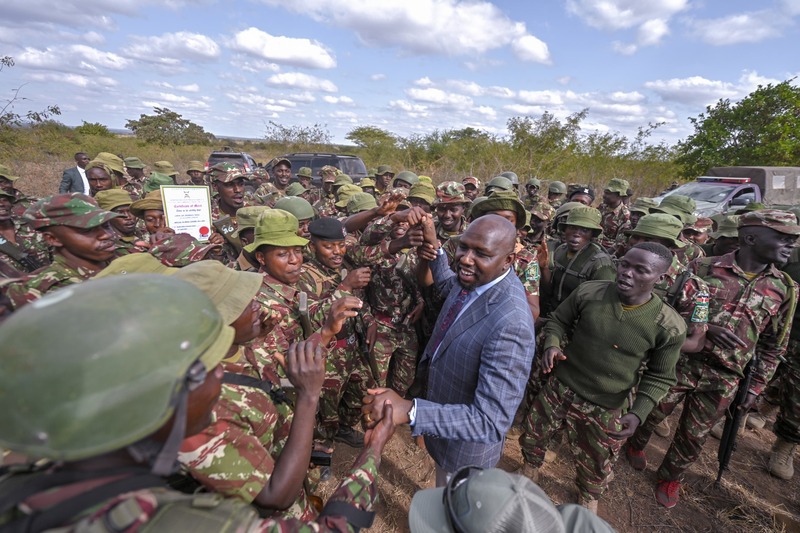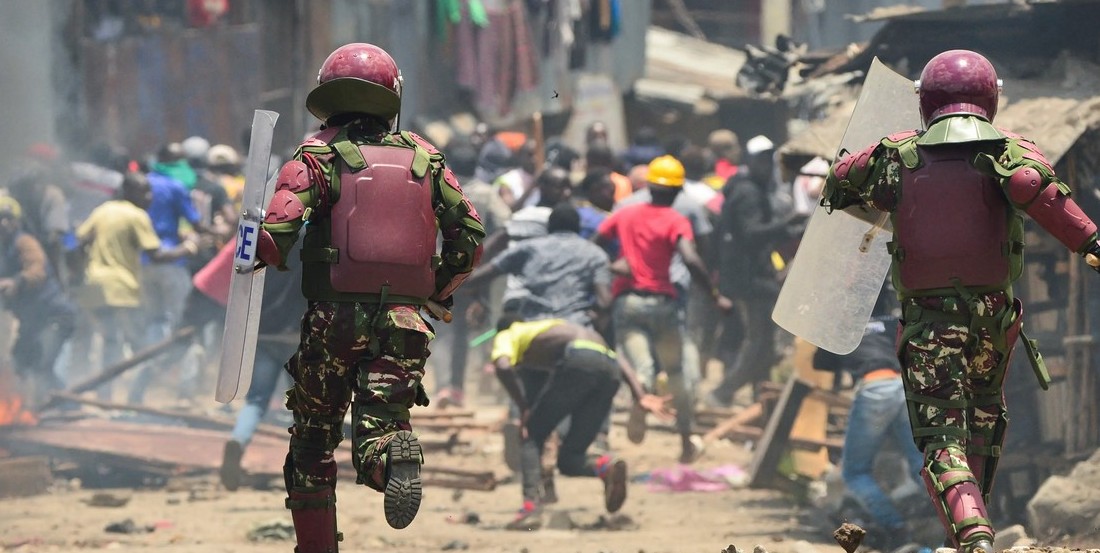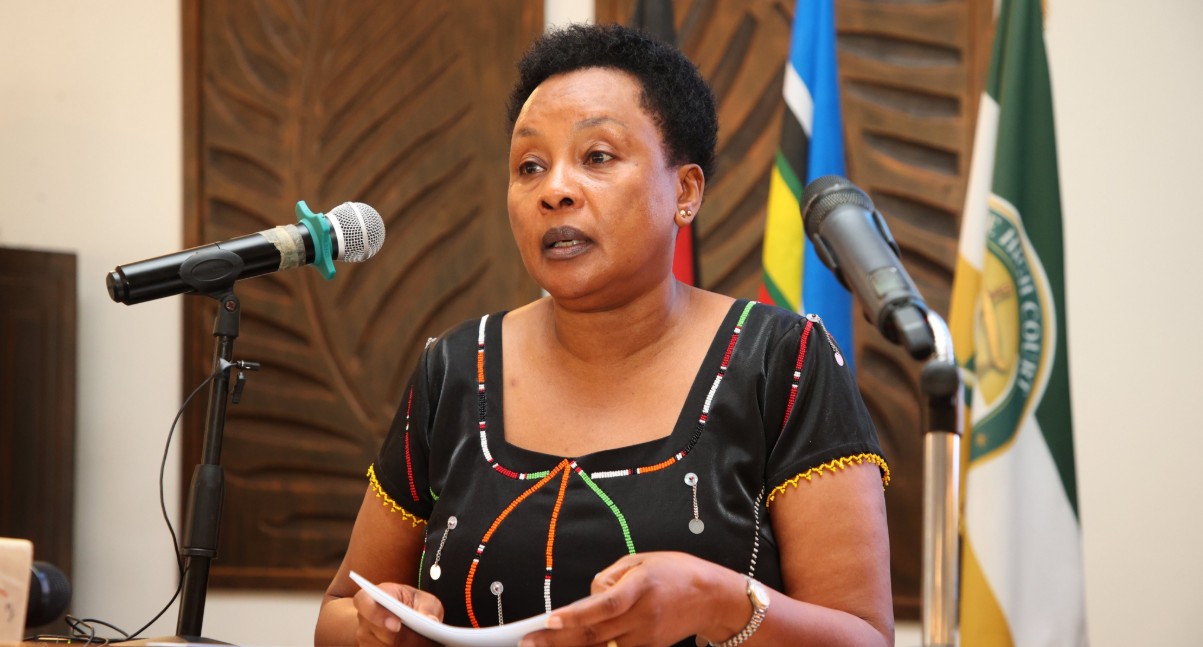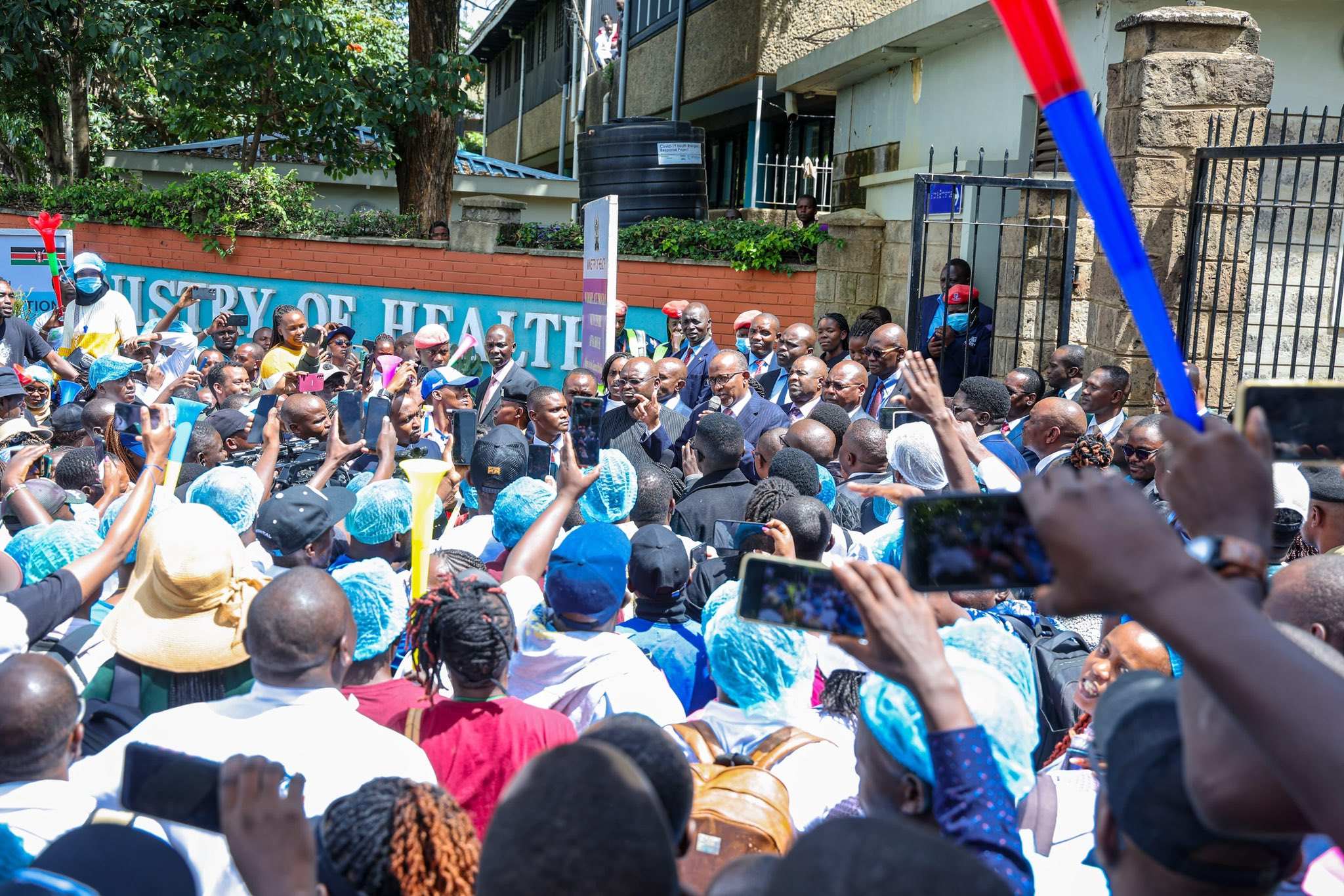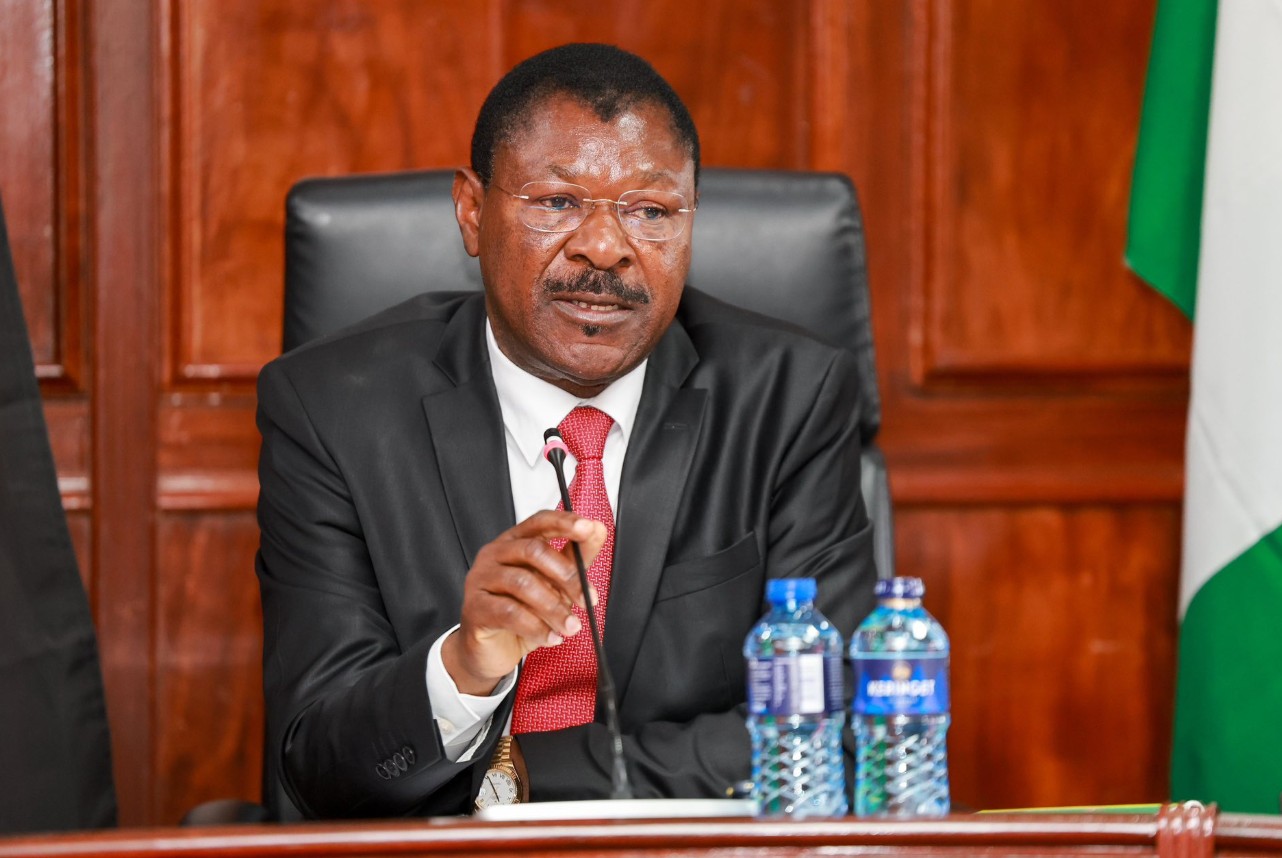Drug shortages and struggle for health equity: Kenya's uphill battle to actualise Universal Health Coverage
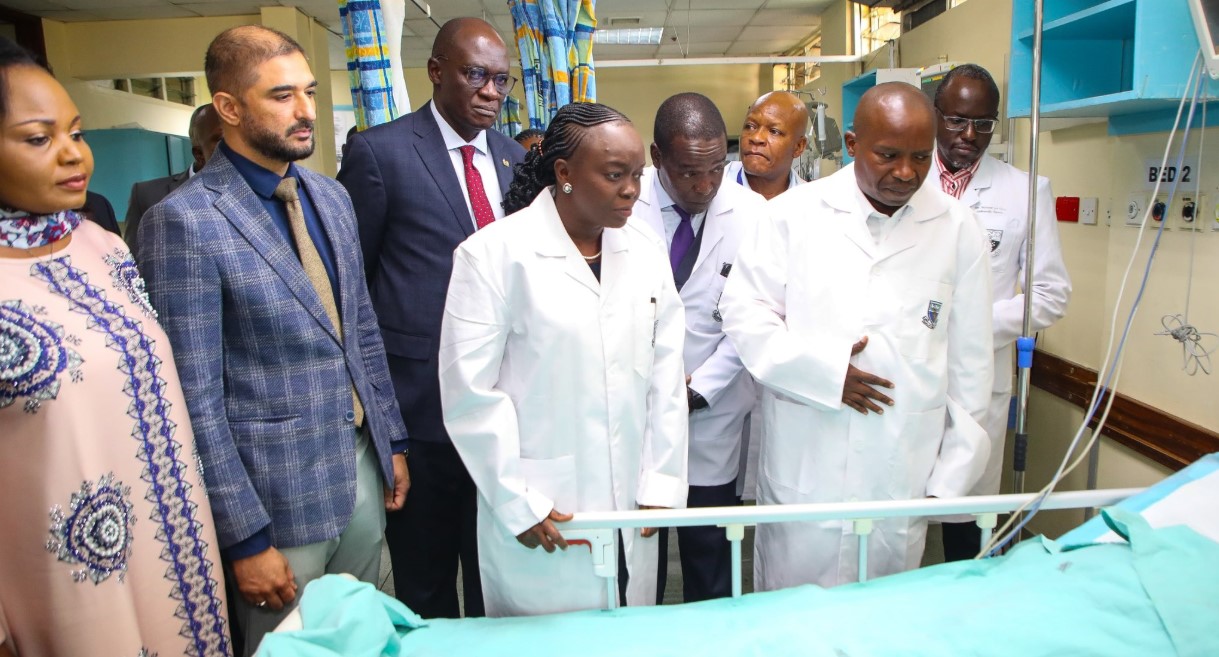
As a cornerstone of Kenya's Vision 2030 and the Sustainable Development Goals, UHC is driven by the principles of equity, quality, and financial protection.
Gladys Awino, a 30-year-old mother living in Nairobi’s Majengo slums, has spent over a decade navigating the challenges of limited access to healthcare. With her eldest son now 12 years old and her youngest just a year old, she reflects on how long it has been since the local dispensary provided medication during a visit.
Two weeks ago, her youngest child developed a strange rash on his body. Concerned and desperate, Gladys rushed to the local government dispensary, hoping for relief. After examining the baby, the doctor prescribed medication costing around Sh600, a sum beyond her reach. Since then, the rash has remained untreated.
More To Read
- Teenage mothers to receive free health services as government launches special health cards
- Kenya goes digital in healthcare to fight fraud, counterfeit drugs
- 30 per cent of medicines in Africa are fake - report
- Kenya’s war on HIV, TB and malaria faces setback as funding drops sharply
- Garissa leaders push for National Government takeover of referral hospital, cancer centre
- Garissa health facilities receive over 1,000 tablets in digital health push
“The prescription included a syrup, but I didn’t have the money to buy it. I’m just waiting, hoping the rash clears on its own,” Gladys said, pointing to her son’s pale, rough, and measles-like rash concentrated on his back. She remains uncertain about the severity of his condition, praying it isn’t something serious.
In Majengo, Gladys and her neighbours have been accustomed to the government dispensary’s lack of essential medicines.
“The only medicine that’s always available is ORS to control diarrhoea in children, which we appreciate, but it’s not enough. Most of the time, we just get diagnosed and then have to buy the medication ourselves. When money is tight, we can’t do much,” she explained.
The pursuit of Universal Health Coverage (UHC) — a vision to ensure equitable access to healthcare — is facing severe setbacks in communities like the Majengo slum. Many primary healthcare centres are reduced to mere diagnostic hubs, forcing patients to purchase their medication or forego treatment.
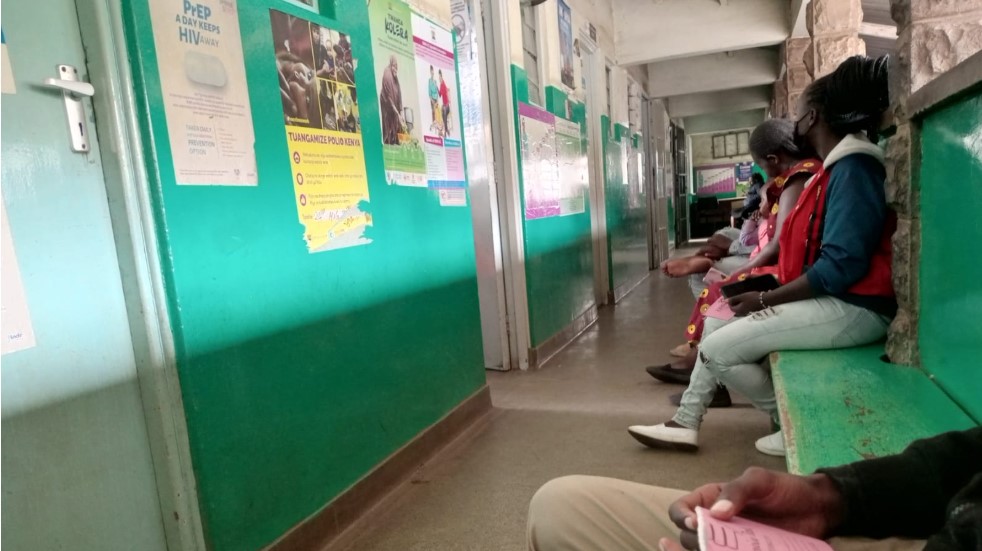 Patients wait to be attended to at a public dispensary. (Photo: Charity Kilei)
Patients wait to be attended to at a public dispensary. (Photo: Charity Kilei)
Referral hospitals overwhelmed
This gap in the healthcare system has overwhelmed referral hospitals with minor cases, stretching resources and leaving primary facilities inadequately equipped. The resulting crisis compromises patient care, deepens inequities, and erodes public trust in Kenya’s healthcare system.
John Maina recently faced a dire healthcare challenge when he developed breathing difficulties and was diagnosed with pneumonia. His visit to a government dispensary revealed a troubling reality — basic medical supplies such as needles, syringes, and medication were unavailable.
“The doctor confirmed I had pneumonia and gave me a prescription. They even directed me to a chemist where I could buy the medicine. It cost me about Sh700, and since I wasn’t feeling well, I had no choice but to buy it.”
John was particularly alarmed by the need to purchase his own needles and syringes to continue treatment. After buying the supplies, he had to return to the dispensary to receive his injection.
“People go to government hospitals because they can’t afford private healthcare,” he said. “But now, we’re faced with a situation where the facilities have nothing to offer except consultation, and that’s incredibly frustrating.”
John observed that many people, after receiving a diagnosis, seek cheaper alternatives or abandon treatment altogether because they cannot afford the associated costs.
Out-of-pocket expenses
His experience highlights the critical shortcomings in Kenya’s public healthcare system, where patients often face out-of-pocket expenses even at government facilities. The lack of essential supplies and medication not only places financial strain on vulnerable communities but also risks deterring individuals from seeking timely treatment, exacerbating health inequities.
On Friday, Charles Otieno visited a local dispensary and was diagnosed with insomnia after consulting a doctor. However, no further assessment was conducted, and the prescribed medication has proven elusive. Despite searching for it in pharmacies across his neighbourhood, he has been unable to locate it or determine its cost.
“Most of the small pharmacies I’ve visited don’t stock the medication I was prescribed,” Charles shared. “I’ll keep checking — maybe I’ll find it in town.”
This was Charles’s first visit to a local government dispensary and while he had heard of shortages of medicines, the first-hand experience has been a sobering reality.
A spot check by The Eastleigh Voice discovered that while most local dispensaries do not charge for consultations, patients are required to buy a quarter exercise book which serves as a hospital card for 10 shillings. However, all prescribed medications must be purchased elsewhere, leaving many patients in precarious situations.
While diagnosis is accessible, there is inadequate follow-through due to the availability of medicines. This gap not only hinders treatment but also erodes confidence in the promise of affordable healthcare for all.
Many residents of Nairobi's informal settlements who spoke to The Eastleigh Voice disclosed that persistent medication shortages have led them to either default on treatment or abandon it altogether. Government healthcare facilities, once a source of basic medications like painkillers, are now failing to meet even the most fundamental needs.
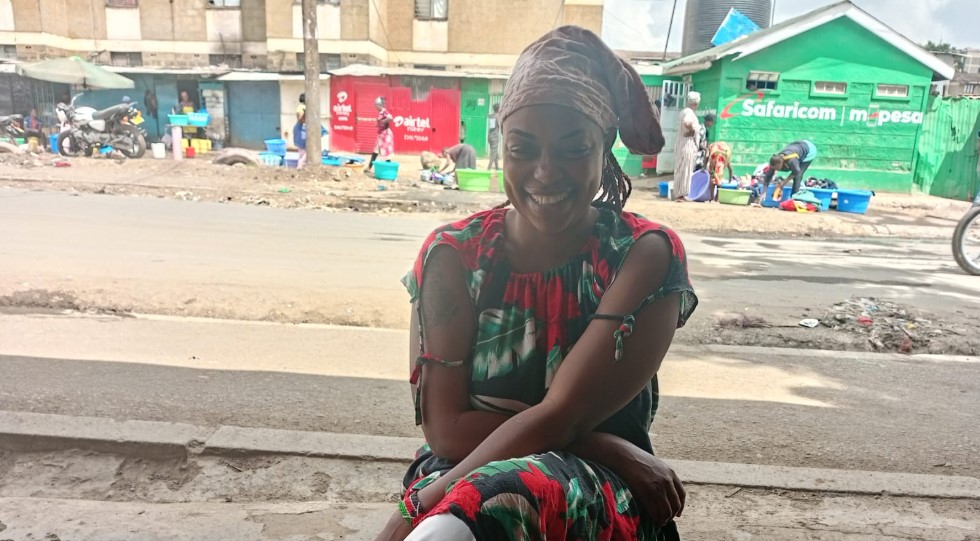 Gladys Awino, a mother of two, who narrated to The Eastleigh Voice the challenges of getting medicine in public hospitals. (Photo: Charity Kilei)
Gladys Awino, a mother of two, who narrated to The Eastleigh Voice the challenges of getting medicine in public hospitals. (Photo: Charity Kilei)
Over-the-counter remedies
As a result, residents increasingly turn to chemists for over-the-counter remedies, highlighting the crumbling state of public healthcare. This dependency burdens vulnerable communities.
The mandate of UHC in Kenya is to ensure that all citizens can access essential health services without facing financial hardships.
As a cornerstone of Kenya's Vision 2030 and the Sustainable Development Goals (particularly SDG 3: Good Health and Well-being), UHC is driven by the principles of equity, quality, and financial protection.
Its objectives include guaranteeing equitable access to healthcare so that every Kenyan, regardless of socioeconomic status, geographic location, or background, can receive the care they need.
UHC also seeks to make healthcare affordable by reducing the financial strain of medical expenses, thereby protecting individuals and families from falling into poverty due to healthcare costs. Additionally, UHC aims to provide comprehensive health services, encompassing preventive, promotive, curative, rehabilitative, and palliative care, to meet the diverse health needs of the population.
During a media roundtable meeting in Nairobi in November 2024, Health Cabinet Secretary Deborah Mlongo Barasa highlighted the neglect of last-mile areas, particularly in remote and marginalised regions. She assured attendees that medicines would be made available by December of the same year.
“We have come up with interventions to ensure that drugs are supplied to the last mile — that is, the primary healthcare facilities. By December, we will have medication at these centres, and patients will be able to access affordable and quality medicines,” Barasa said.
The CS added that the flagging off of the medicine distribution would happen very soon, assuring Kenyans that the ministry was working to ensure primary healthcare facilities at Level II and Level III hospitals are fully functional as these are the first points of contact with the health system.
But a recent spot-check revealed that drug shortages persist, despite assurances of improvement.
During a recent visit to Kenyatta National Hospital, Deputy President Kindiki acknowledged the challenge and pledged to address it. However, this issue has been a recurring pattern for years, leaving patients — especially those in underserved communities — to bear the brunt. This ongoing crisis undermines the push for UHC, as many vulnerable populations continue to be left behind.
Preventable diseases
Notably, around 12 facilities recently reported a shortage of the BCG vaccine for children, a critical immunisation shot. This shortage mirrors similar patterns observed in 2024, further exposing vulnerable populations to preventable diseases.
In the 2024/2025 health sector budget, the allocation was reduced by approximately Sh24 billion compared to the previous year. This reduction raised concerns, especially among health officials, as it hindered the country's ability to meet the growing demand for healthcare services and adequately support UHC goals. The Ministry of Health expressed concerns that the budget cut delayed or limited the effectiveness of health programmes, particularly in underserved areas.
Vulnerable communities in Kenya’s slums and rural areas face significant health challenges, with diseases such as respiratory infections, diarrhoea, tuberculosis, malaria, HIV/AIDS, and malnutrition being prevalent.
According to the Kenya Bureau of Statistics, these conditions disproportionately affect slum dwellers and rural populations due to limited access to quality healthcare, poor sanitation, inadequate infrastructure, and overcrowded living conditions.
The high prevalence of communicable diseases, coupled with poor access to medical services, exacerbates the health burden in these areas.
The economic burden of these diseases is substantial. The healthcare costs, lost productivity, and strain on public health resources place significant pressure on the Kenyan economy.
The cost of treating common illnesses, combined with the impact on workforce productivity and the broader economic activities in these communities, runs into billions of shillings annually.
The continued prevalence of these diseases in both slum and rural areas hinders progress toward achieving UHC and increases the financial strain on the nation’s healthcare system.
Top Stories Today
Reader Comments
Trending


